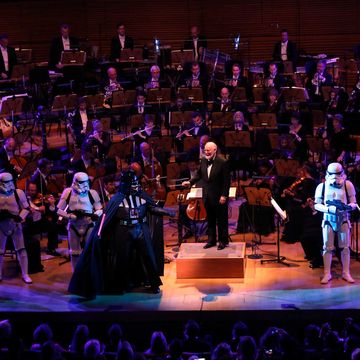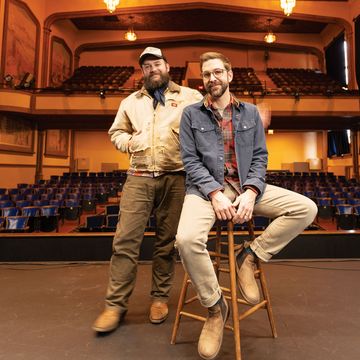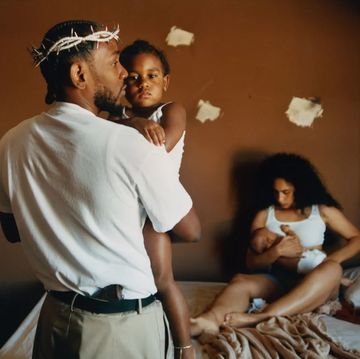Rock ’n’ roll was born during the summer of 1954—in two delivery rooms. As Elvis recorded his first songs at Sun Studios in Memphis, a middle-aged radio repairman turned instrument maker was in his workshop in Fullerton, California, putting the finishing touches on a guitar he’d named the Stratocaster. Within a dozen years, this masterpiece would cement Clarence Leonidas Fender’s reputation as the Antonio Stradivari of rock.
Fender had already found success with the Esquire and the Telecaster, groundbreaking axes cut from thick slabs of wood. These guitars were workhorses, easier to build and cheaper to buy than the delicate, hollow-bodied instruments sold by Gibson, then the industry leader. Fender’s version also happened to be near-indestructible.
This article appears in Issue 30 of Alta Journal.
SUBSCRIBE
Although Fender had won a lot of converts, some musicians found his guitars ergonomically challenging. In the early ’50s, most country players wore their guitars rather high, at about mid-abdomen. At that height, the slablike Telecaster and Esquire could be murder on the ribs. The Strat would alleviate this problem with a contoured body that rested gently across the rib cage rather than digging into it.
Fender also worked in some visual flash for the Strat, adding two horns to the top of its body that gave off a devilish vibe and would offer guitar gods of the future access to both sides of the neck’s upper reaches. The aesthetic was lean, sinewy, androgynous, with a hint of menace—think Mick Jagger in his prime.
Buddy Holly, Jeff Beck, Stevie Ray Vaughan, and Eric Clapton couldn’t have immortalized themselves the way they did without their Strats. Superrich collectors have paid astronomical sums for Stratocasters that made rock history: Paul Allen, the late Microsoft cofounder, bought Jimi Hendrix’s Woodstock guitar for a reported $2 million; the black 1969 Strat that David Gilmour played on Pink Floyd’s The Wall and The Dark Side of the Moon fetched nearly double that.
Last year, 5 of the 20 bestselling guitars on Reverb’s iconic list were various editions of the Stratocaster. With the exception of some garish custom paint jobs, they looked—and, more importantly, shredded and wailed—like the first ones that rolled off Leo Fender’s assembly line seven decades ago.•
Ed Leibowitz wrote about how performance venues were surviving during the pandemic for Alta Journal 15.












